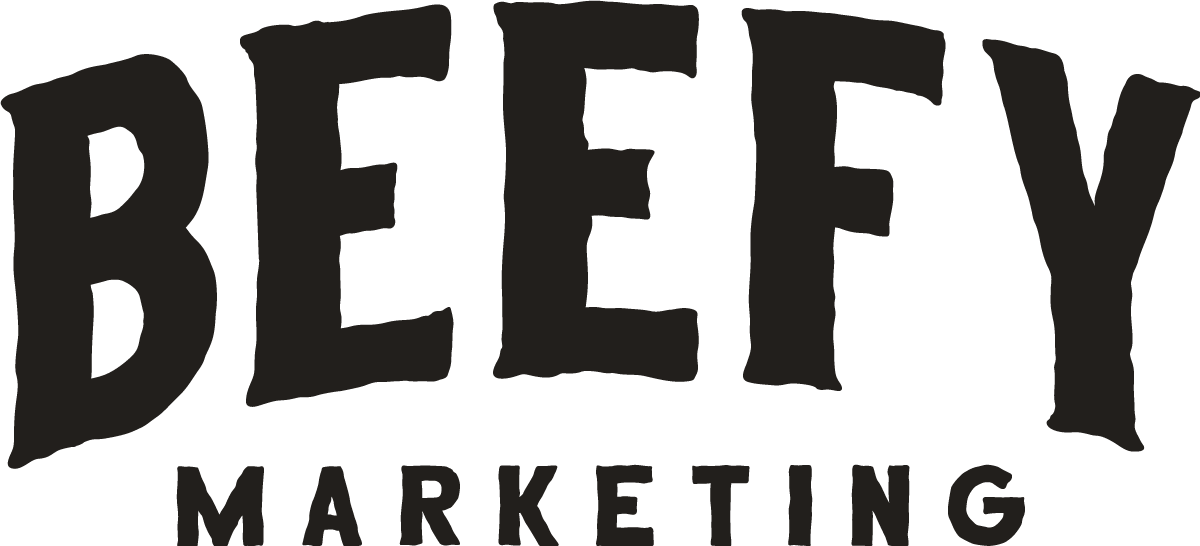There is so much that goes into creating consistently engaging and quality content but rarely is that kind of content produced on accident. Like so many other things in life, if you want to create something you can be proud of, you’ve got to put in the time and resources necessary to creating something that brings value to others. But, how many times has your content played second (or third) fiddle to the scores of other responsibilities you’ve got as a small business owner? Like, if your business was a band, would your content be playing lead guitar or would it be the guy in the background who’s name nobody can remember? Because here’s the reality, if you’re not paying that much attention to the content you’re producing, why should your audience pay attention to it?
The quality of your content is the currency of your brand’s authority.
Meaning, there’s a direct correlation between the content you produce and the marketable influence that your content affords you. So, if you’re struggling to consistently produce quality content that effectively engages your audience then what’s the answer? Part of the answer is creating an editorial calendar for your content. While it’s no silver bullet, creating an editorial calendar is one of the most straightforward ways to enact quality control for your content while helping you be consistent in communicating with your target audience. And it’s that consistent communication that will help your content generate more audience engagement.
Ready to get started creating consistently better content through using an editorial calendar? Follow these steps to get moving in the right direction:
- Choose what you’re going to make. As weird as it sounds, creating an editorial calendar is less about setting due dates and is more about establishing, and implementing, an overall content strategy. Make this part easy on yourself and break the year up into four three-month planning quarters. Sound familiar? Not only does planning three months out help make planning manageable, but it helps keep your content production in sync with the rest of your business. You probably already think in terms of quarters so use this to your advantage and apply this to your content creation also! For each quarter think about how much content you need to create for that quarter and the kinds of content you want to create. As your planning through each segment, think about what content is best suited for different parts of the year and what your customer persona might respond to most depending on the season. For example, offering a comprehensive, dense, in-depth resource might not get a great response for a work-from-home mom during the beginning of a school year, but that same content might see greater engagement at the beginning of the year when self-improvement information is most valuable to that customer. Also, a quick note: plan to create content for every part of the buyer’s journey every quarter to make sure you’re reaching every segment of your target market from those who are checking you out to loyal customers.
- Choose how you’re going to make it. Once you’ve decided on what you’re going to make, decide how it’s actually going to be produced. Will this be done in house? If so, who’s going to do it? What should it look like? This part of the process is all about getting clarity around how the content creation process will be implemented. Get as specific as you can be in this stage, and record all these decisions on a central document that everyone on your team has access to. Things to include in this document should be: the titles of each piece of content, a brief description, your target keywords, which meta tags to use, what kind of call to action to include, and a place to keep track of the progress of the project.
- Choose when you’re going to share it. After all that planning, then you get to decide when you’re actually going to share it and how you’re going to share it. Just like you need to consider the time of your when planning what kinds of content to produce, the same should be taken into account when you decide to share your content. What holidays are coming up? Are there trade conferences for your industry that you can market towards? What things are happening culturally that you can tune into? Another thing to consider while planning when to share your content, especially when sharing on social media, are the optimal times to post for each platform. You’ve worked hard creating this content, make sure you’re helping the most people see it. Relevance is the key here, so think about how you can increase your content’s relevancy based on when it’s being published.
The Beef
Quality content is only half of the inbound strategy. Let our seasoned inbound marketing experts help you with the other half by developing your brand and website so the leads you make can become customers you keep.



